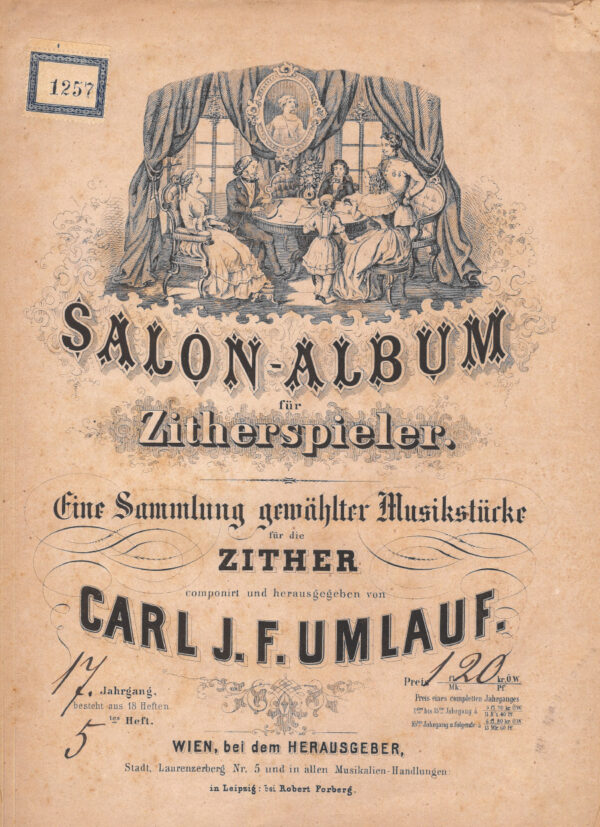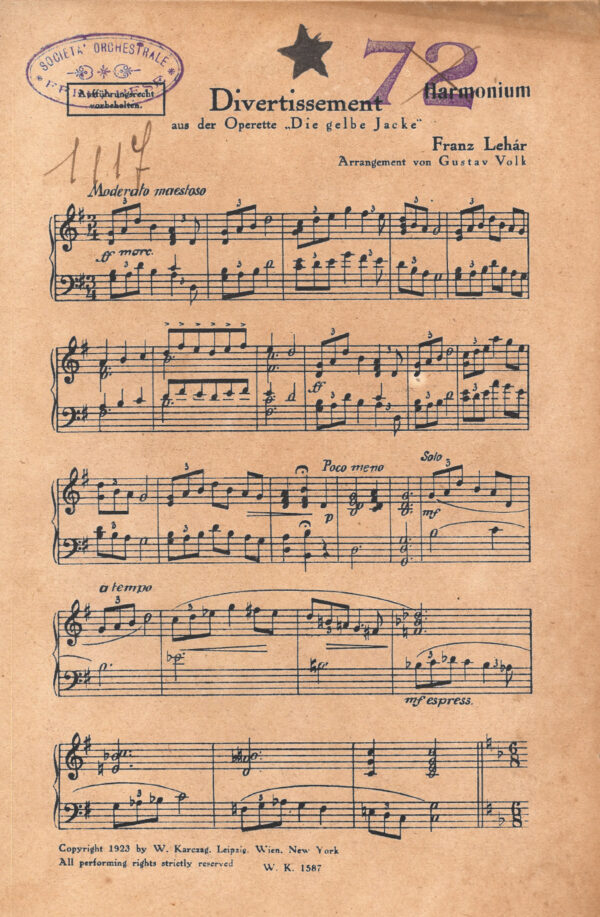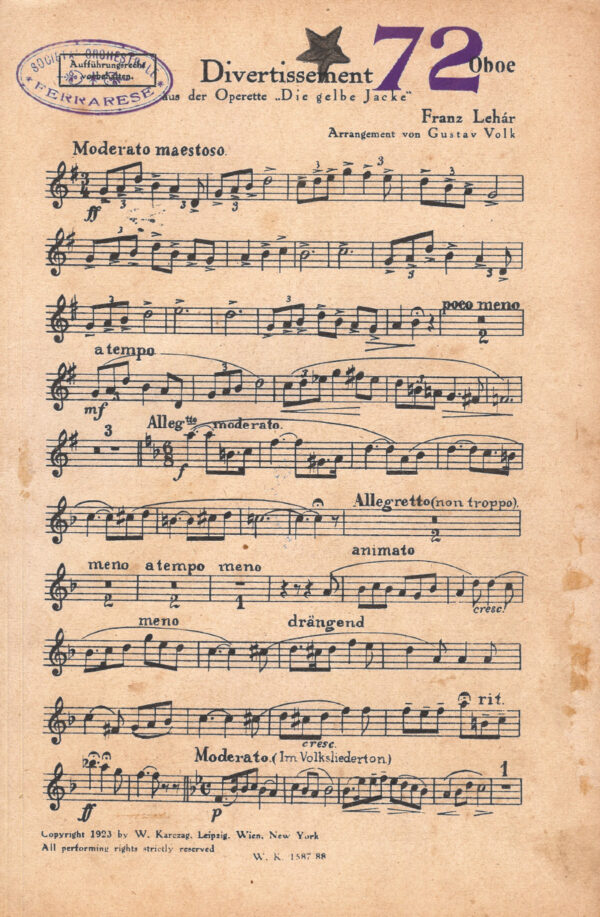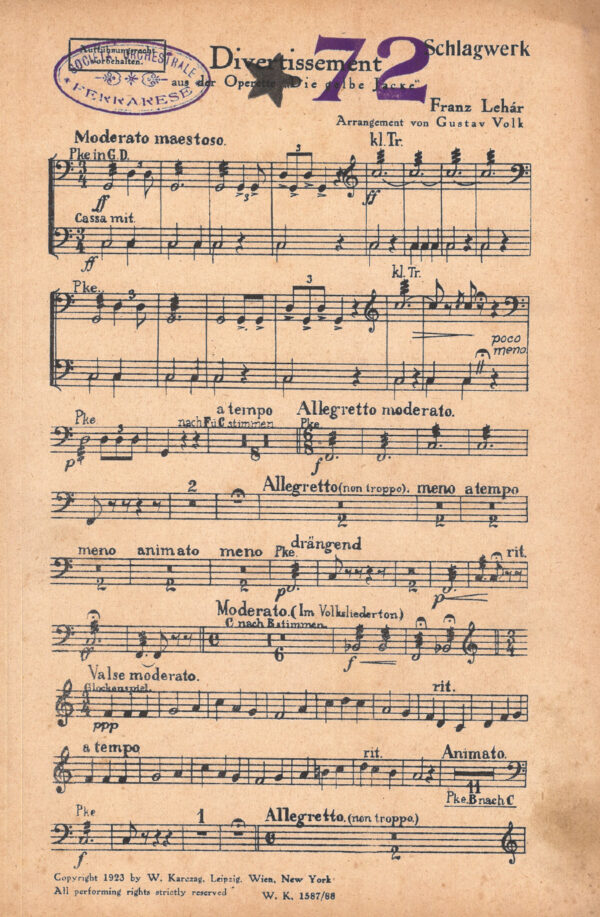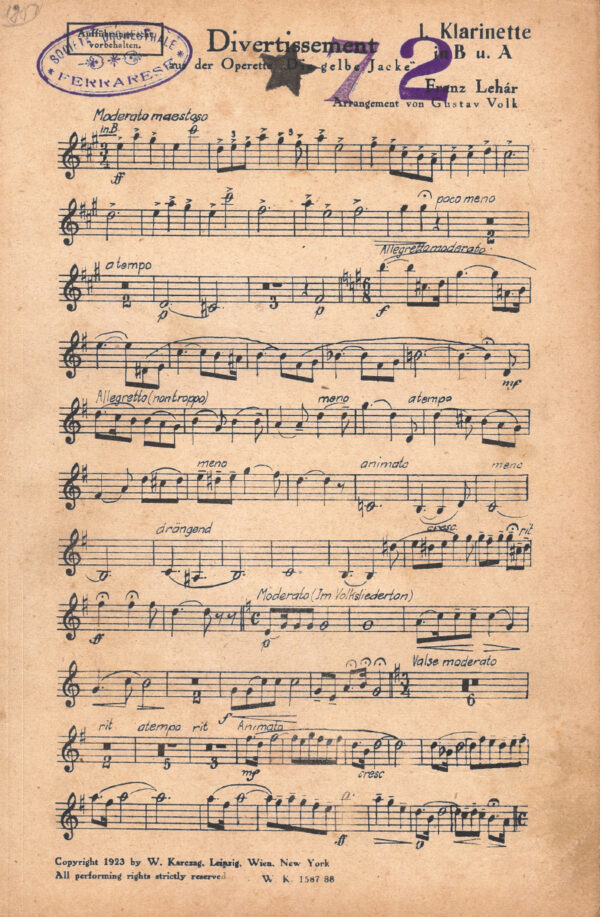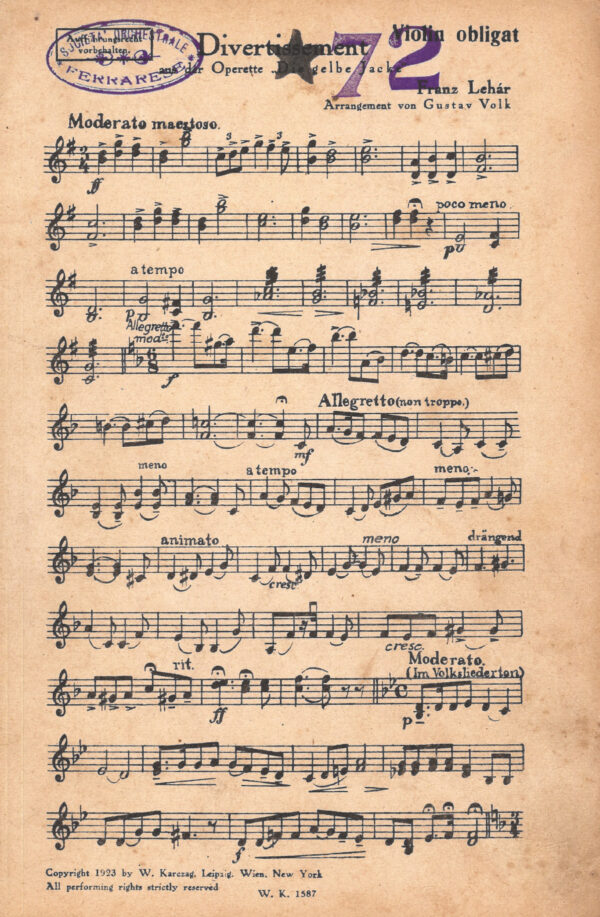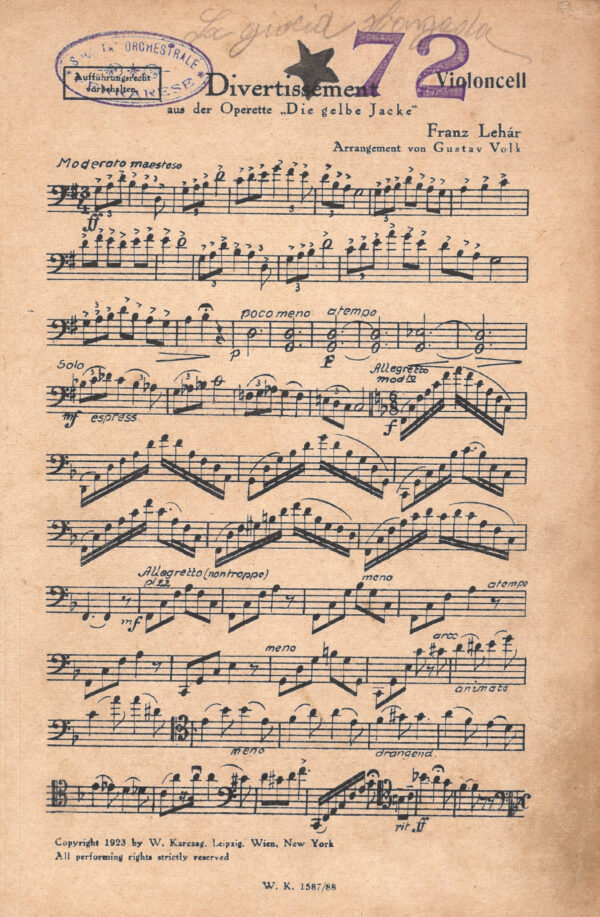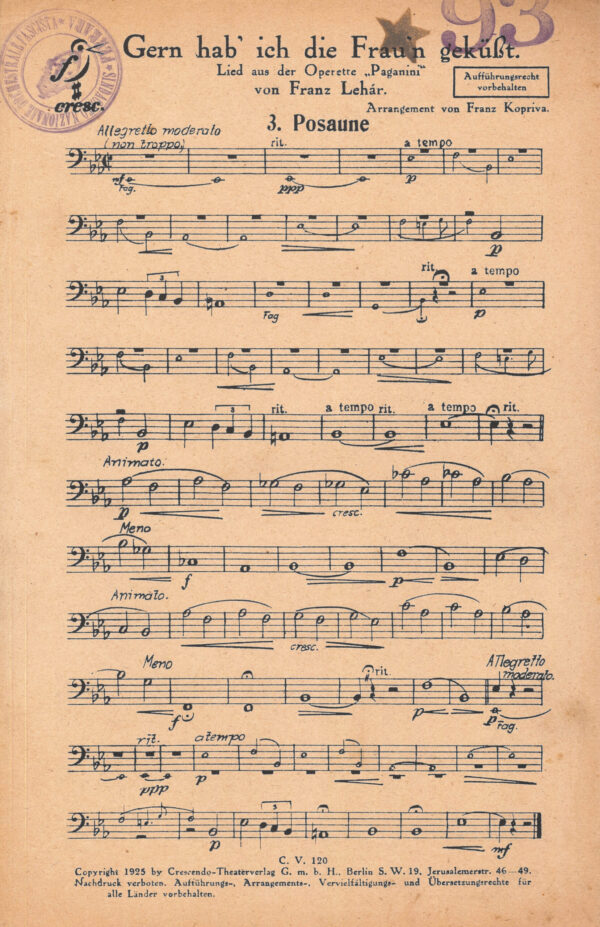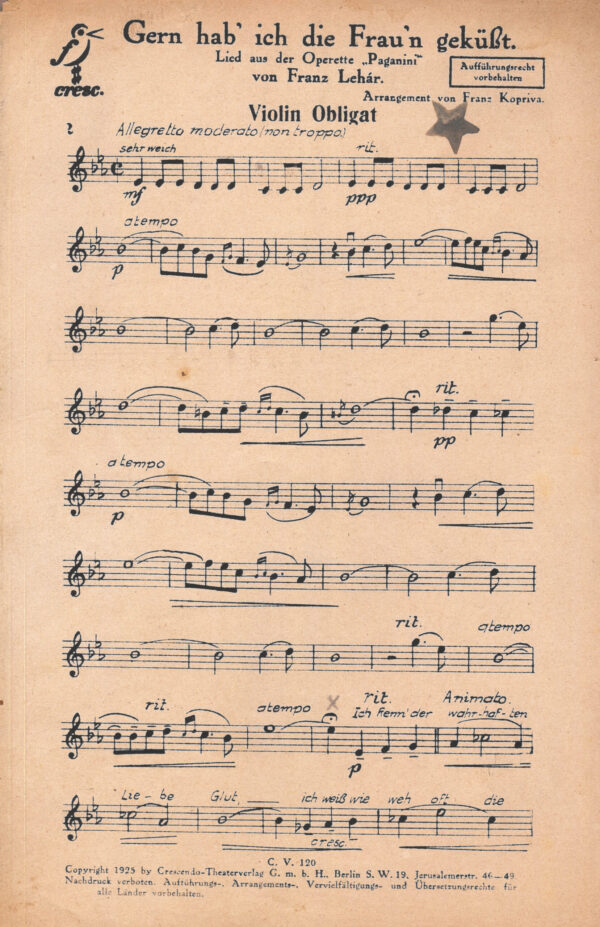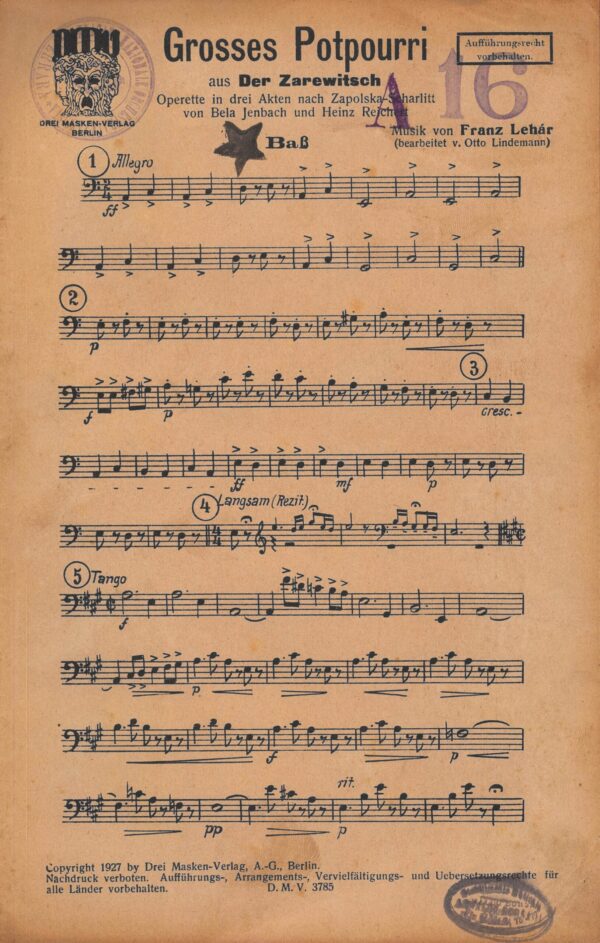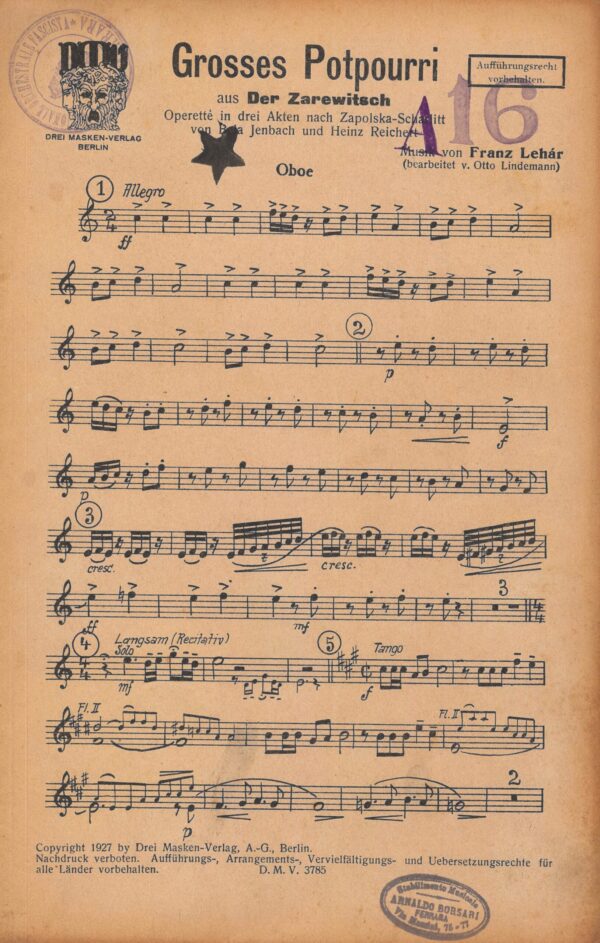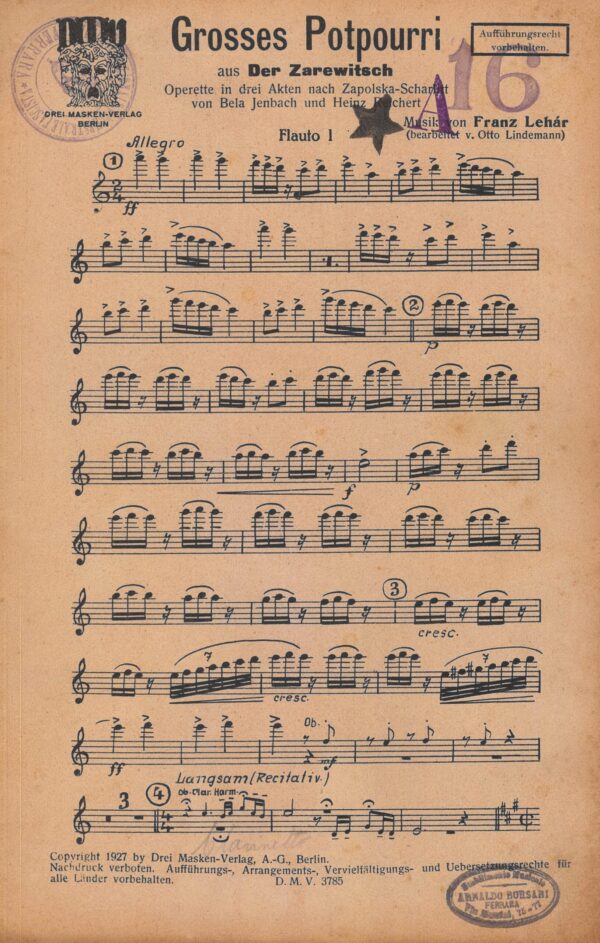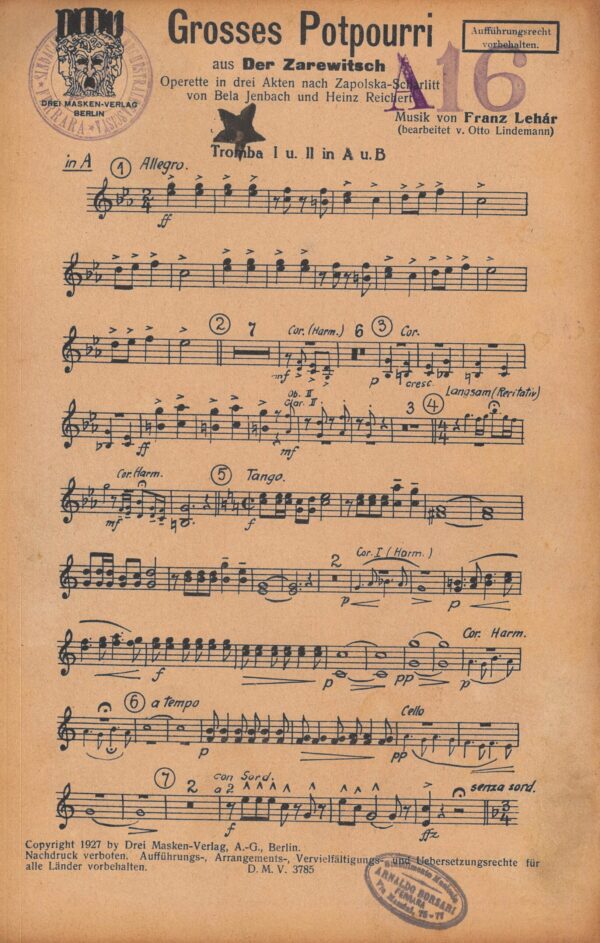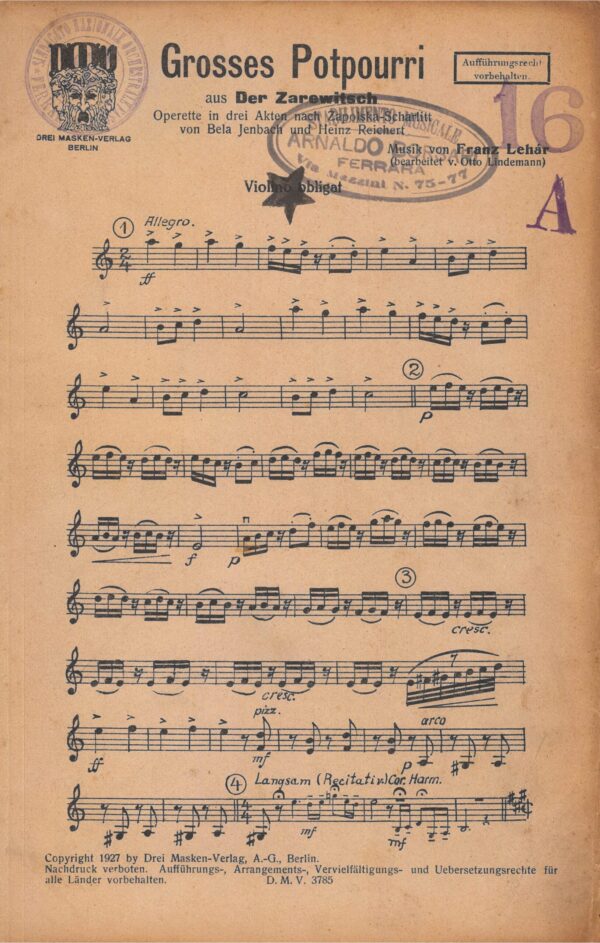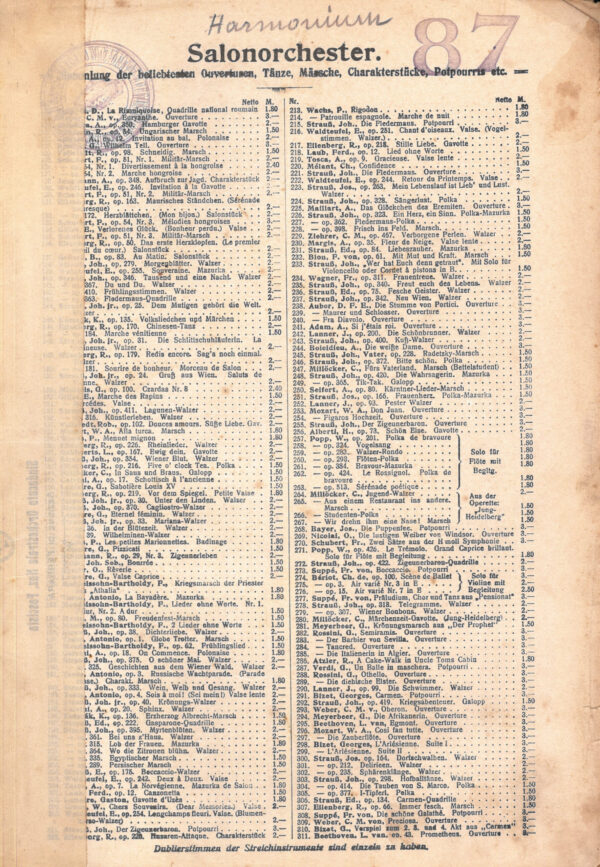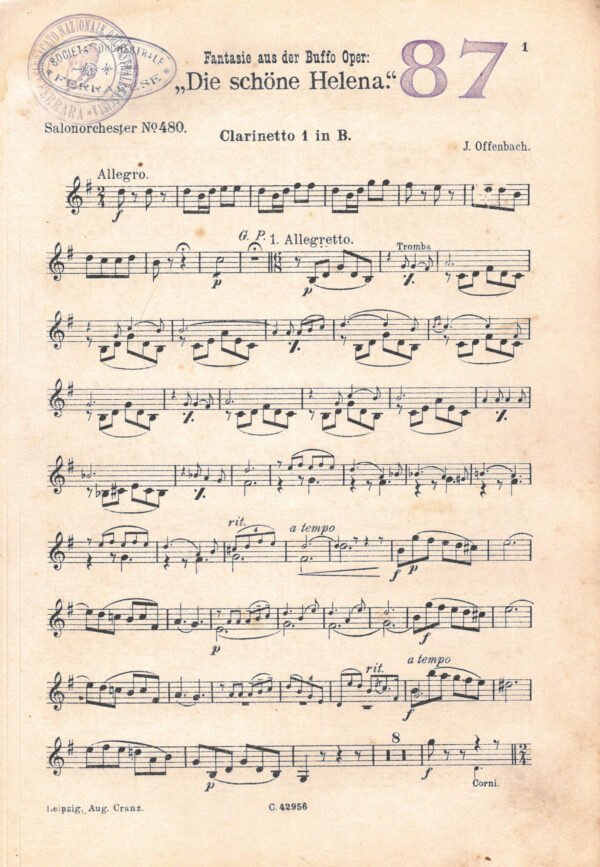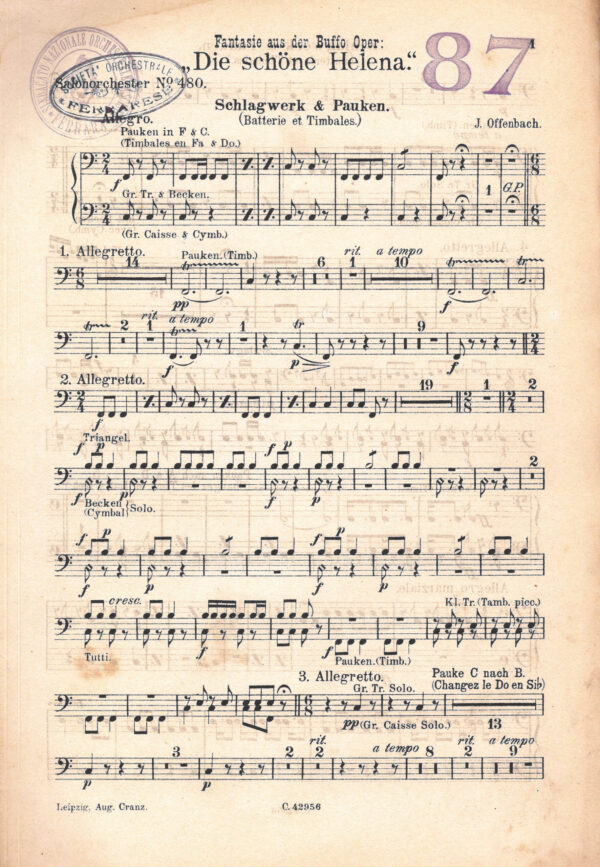Hausmusik
For the eighteenth- and nineteenth-century European bourgeoisie, music is also a useful tool for asserting their prestige. In addition to the public concert, the habit of playing music for pleasure in the drawing room of the home is consolidated. This allows the bourgeoisie to directly cultivate all musical literature, even symphonic and operatic literature, through the use of piano transcriptions, which will thus become the favored instrument that will be present in every bourgeois drawing room. Over the years aristocratic salons began to host professional musicians, and composers devoted themselves to the production of Lieder for voice and piano and instrumental music that increasingly required both technical and interpretative skill.
This is why from the mid-nineteenth century on sheet music often specifies a domestic destination.
Throughout the nineteenth century the piano would be the most popular instrument in both Europe and America, and its teaching along with singing became necessary in the education of girls from good families.
The piano gains a central role in salon music (Hausmusik), partly because of its versatility because it can be used as a solo instrument, in duo trio and four-hand formation. Four-hand performance maintains a privileged role in the musical habits of the European bourgeoisie, safeguarding the Hausmusik tradition, until the first decades of the twentieth century, when the more demanding chamber music genres had long since left the home for the concert hall.
The salon music section contains transcriptions for small orchestral ensemble and saloon music of famous operettas. Searching can be done by genre, composer, or instrument.

